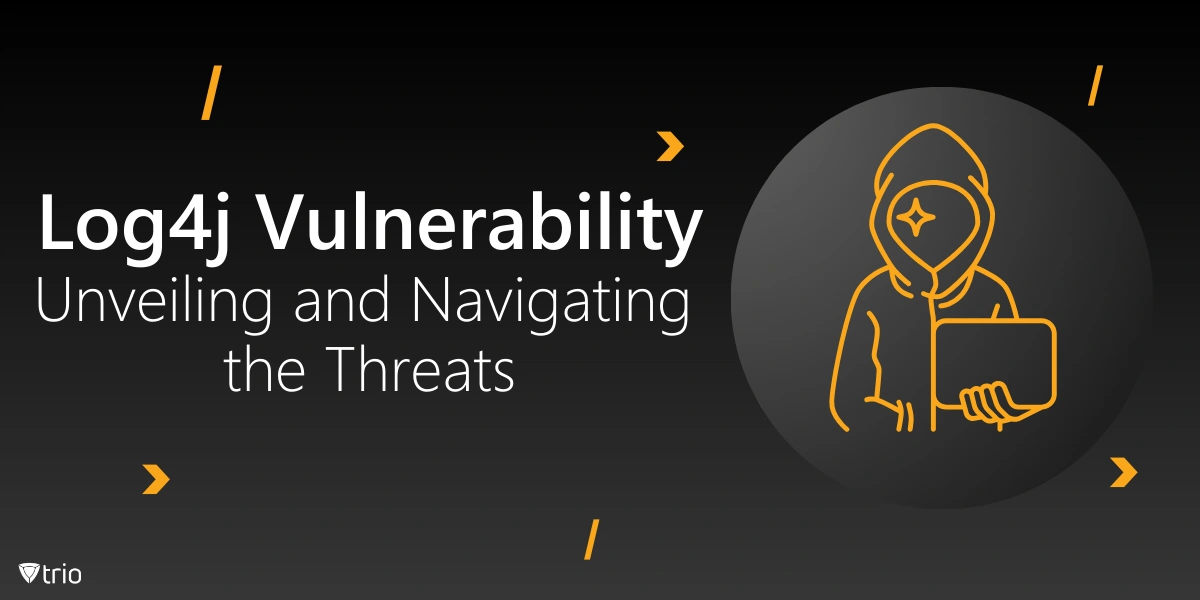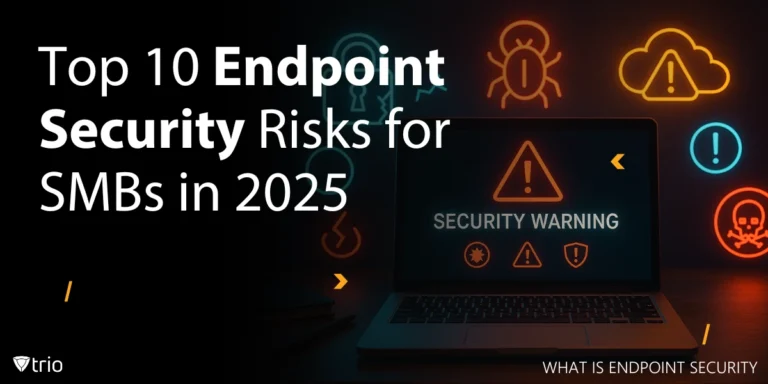The Log4j vulnerability, also known as "Log4Shell," emerged as a critical challenge for organizations worldwide. Discovered in late 2021, this remote code execution (RCE) flaw within the Apache Log4j logging framework exposed countless systems to potential exploitation. Its widespread impact underscored the importance of robust security measures and proactive vulnerability management. This article delves into the intricacies of the Log4j vulnerability, its implications, and the essential strategies for mitigating its risks.
The Ubiquity of Log4j: A Double-Edged Sword
Developed and maintained by the Apache Software Foundation, Log4j is a versatile, open-source logging utility primarily designed for Java-based applications. Its widespread adoption across innumerable software products, from consumer-facing applications to enterprise-grade systems, is a testament to its utility and reliability. However, this very ubiquity became a double-edged sword, as the Log4Shell vulnerability inadvertently exposed a staggering number of devices and services to potential exploitation.
Unraveling the Vulnerability's Mechanism
At its core, the Log4j vulnerability (CVE-2021-44228) stems from a flaw in the Java Naming and Directory Interface (JNDI) feature, which enables applications to communicate with external services. Threat actors can craft malicious payloads and inject them into log messages, tricking vulnerable systems into establishing connections with attacker-controlled servers. Once this connection is established, the adversary gains the ability to execute arbitrary code on the compromised device, effectively seizing control.
The Severity of the Threat
The implications of the Log4j vulnerability were profound, prompting the Apache Software Foundation to assign it the highest possible Common Vulnerability Scoring System (CVSS) score of 10 out of 10. This assessment underscored the ease of exploitation, the lack of authentication requirements, and the sheer breadth of potentially affected systems and services.
A Cascading Effect: Subsequent Vulnerabilities Emerge
While the initial Log4Shell vulnerability (CVE-2021-44228) set off alarm bells, it was merely the harbinger of a series of related vulnerabilities that emerged in quick succession. These included CVE-2021-45046, which enabled information leaks and remote code execution, CVE-2021-45105, which facilitated denial-of-service (DoS) attacks, and CVE-2021-44832, which permitted the hijacking of Log4j components for malicious purposes.
The Race to Mitigate: Patches and Workarounds
In the face of this mounting threat, the Apache Software Foundation and affected vendors sprang into action, releasing a flurry of patches and updates. Apache's initial response was the release of Log4j version 2.15.0, followed by subsequent versions (2.16.0, 2.17.0, and the final 2.17.1) that addressed the emerging vulnerabilities.
However, the process of identifying and patching vulnerable instances proved arduous, as Log4j's pervasive presence often obscured its footprint within complex software supply chains. Security teams were tasked with the daunting challenge of comprehensive vulnerability scanning, prioritizing mission-critical systems, and implementing workarounds where immediate patching was not feasible.
A Hacker's Playground: Exploitation Attempts Surge
As news of the Log4j vulnerability spread, threat actors wasted no time in capitalizing on the opportunity. Security researchers observed a surge in exploit attempts, ranging from mass scanning activities to targeted attacks aimed at compromising virtualization infrastructures, installing ransomware, and exfiltrating sensitive data.
The vulnerability's ease of exploitation and the potential for widespread impact made it an irresistible target for both opportunistic cybercriminals and state-sponsored actors alike. Reports emerged of nation-state groups from China, Iran, North Korea, and Turkey actively leveraging the Log4Shell flaw for their nefarious purposes.

The Lingering Threat: Persistent Vulnerabilities and Recurrences
Despite the concerted efforts of security teams and vendors, the Log4j vulnerability has proven to be a persistent thorn in the side of the cybersecurity community. As of May 2023, Log4Shell remained one of the most commonly exploited vulnerabilities, a testament to the challenges of identifying and remediating all vulnerable instances.
Furthermore, the issue of "recurrences" emerged, wherein previously patched assets became vulnerable once again due to the inadvertent reintroduction of compromised software components during routine updates or application builds.
Mitigating the Menace: A Multifaceted Approach
In the face of such a formidable threat, a comprehensive mitigation strategy is essential. Security teams must employ a combination of tactics, including:
Continuous Vulnerability Scanning: Regularly scanning networks, hosts, and file systems to identify vulnerable Log4j instances, leveraging specialized tools and scripts designed for this purpose.
Prioritized Patching: Applying available patches promptly, with a focus on mission-critical systems, internet-facing assets, and networked servers, while implementing temporary workarounds for systems that cannot be immediately patched.
Threat Detection and Response: Deploying advanced threat detection and response solutions, such as attack surface management (ASM) and endpoint detection and response (EDR) platforms, to monitor for malicious activity and respond swiftly to potential compromises.
Network Monitoring and Filtering: Leveraging intrusion detection and prevention systems (IDS/IPS) to inspect network traffic for suspicious behavior, blocking connections to known attacker-controlled servers.
Incident Response Planning: Proactively reviewing and enhancing incident response plans to ensure a coordinated and effective response in the event of a successful exploitation.
The Importance of Continuous Vigilance
While the initial frenzy surrounding the Log4j vulnerability may have subsided, the cybersecurity community must remain ever-vigilant. The Log4Shell saga serves as a stark reminder of the importance of maintaining a robust and proactive security posture, as well as the need for ongoing vulnerability management and prompt patching.
As software supply chains become increasingly complex and interconnected, the potential for similar vulnerabilities to emerge remains a constant threat. It is incumbent upon organizations to foster a culture of security awareness, invest in cutting-edge threat detection and response capabilities, and prioritize the protection of their critical assets.
Introducing Trio MDM: Your Trusted Ally in Vulnerability Remediation
In the face of threats as pervasive and formidable as the Log4j vulnerability, organizations require a reliable and comprehensive solution to fortify their defenses. Trio MDM, a leading provider of mobile device management (MDM) solutions, offers a robust platform designed to help businesses identify, prioritize, and mitigate vulnerabilities across their mobile device fleets.
With Trio MDM, you can:
- Continuously monitor and assess the security posture of your mobile devices, ensuring timely detection of vulnerabilities, including those related to Log4j.
- Implement granular security policies and configurations to harden your devices against potential exploits.
- Seamlessly deploy patches and updates across your entire mobile device fleet, minimizing the risk of unpatched vulnerabilities.
- Leverage advanced reporting and analytics capabilities to gain insights into your organization's overall security posture and make informed decisions.
To experience the power of Trio MDM and fortify your defenses, we invite you to request a free demo today. Our team of experts will guide you through the process and help you unlock the full potential of our MDM solution.
Conclusion: Navigating the Log4j Vulnerability
The Log4j vulnerability serves as a stark reminder of the ever-present threats within the cybersecurity domain. Despite the initial frenzy, the need for continuous vigilance and a proactive security posture remains paramount. Organizations must prioritize vulnerability management, patching, and threat detection to protect their critical assets. By integrating comprehensive solutions like Trio MDM, businesses can effectively navigate the complexities of the threat landscape, ensuring robust defenses against current and future vulnerabilities. Embrace the power of Trio MDM to fortify your defenses and maintain a resilient security posture in the face of evolving cyber threats.
Get Ahead of the Curve
Every organization today needs a solution to automate time-consuming tasks and strengthen security.
Without the right tools, manual processes drain resources and leave gaps in protection. Trio MDM is designed to solve this problem, automating key tasks, boosting security, and ensuring compliance with ease.
Don't let inefficiencies hold you back. Learn how Trio MDM can revolutionize your IT operations or request a free trial today!





